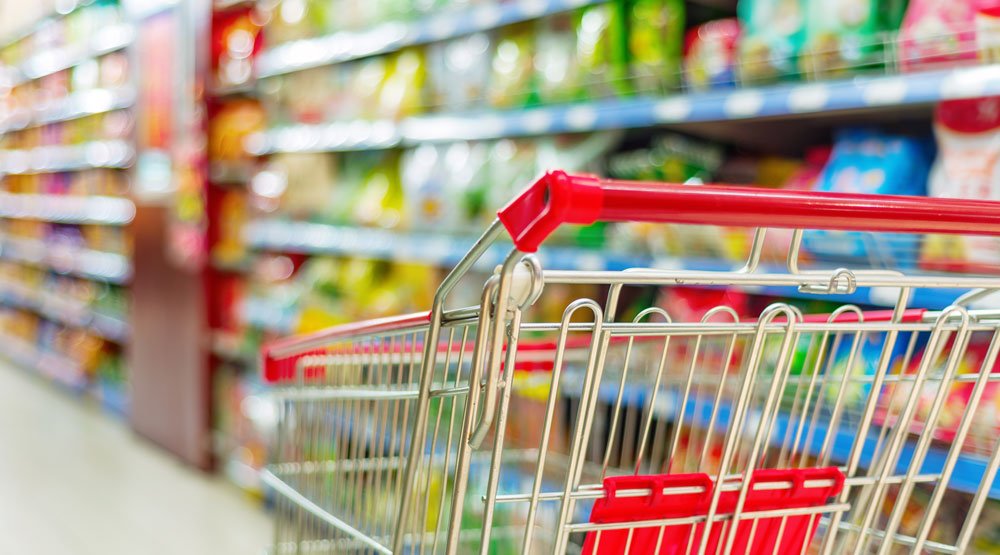IRI says its latest ‘Grocery and Pharmacy State of the Industry’ report reveals some “important” trends in the world of groceries.
“Traditional grocery retailers have always offered a mix of food and non-food products and achieved growth across both areas,” IRI Chief Commercial Officer, Asia Pacific Alistair Leathwood said.
“However, IRI’s latest industry insights reveal growth in packaged food products is far exceeding growth in non-food products.
“Where packaged food sales grew by 2.3 per cent over the twelve months ending May 28, sales in non-food products fell by 0.7 per cent. In fact, food growth outpaced non-food growth for 47 of the 52 weeks.
“General merchandise products like stationary, magazines and clothing have recorded notable sales declines. All general merchandise ranged products shed over $100 million in lost sales.”
Health and beauty struggle
According to IRI data, health and beauty products at grocery outlets are struggling to keep up with the growth of food products.
“Almost every category in health and beauty delivered a lower rate of growth relative to the total industry average,” Mr Leathwood said.
“That said, we have seen some bright spots from select premium sub-brands that are delivering the superior beauty experience consumers now expect.
“The growth of dedicated beauty stores, both in-store and online, certainly has something to do with the comparative softness in supermarket health and beauty sales.
“Stores like Priceline and Chemist Warehouse, as specialist retailers with a dedicated focus on health and beauty retailing, reflect the intense cross-channel competition that makes growing health and beauty products challenging for the major grocery retailers.
“In the case of My Chemist Retail Group, which includes Chemist Warehouse, we have seen a 14 per cent increase in the number of Australian households that have shopped in the latest quarter to July, compared to the equivalent quarter in 2018. Interestingly, for context, that compares to a seven per cent uplift we recorded via our IRI Shopper Panel in the number of households shopping in Aldi.”
The changing nature of non-food products
Non-food products, according to IRI, accounted for three of the 25 fastest growing categories of packaged grocery products.
“However, there are some areas of non-food growth worth mentioning,” Mr Leathwood said.
“Garbage bag sales continue to grow, along with laundry liquids and pet food.”
Fresh and healthy experiencing ‘strong’ growth
According to IRI data, fresher and healthier alternatives to everyday products are experiencing strong growth.
More and more Australian shoppers, says IRI, are gravitating toward individualised products which cater to specific health ailments.
“Australians are becoming more and more aware of their own personal health, and what’s specifically good for them,” Mr Leathwood said.
“For example, A2 milk is experiencing strong growth. Rather than accepting generic or home brands, people with digestive sensitivities are willing to pay a little bit extra for A2 milk.
“We’ve also seen health food aisles becoming more and more mainstream. In fact, sales in health food aisle products has grown by $40 million over the past year, with growth coming in almost equal measure from private labels and national branded items.
“People find dedicated health food aisles to be a convenient and more approachable destination for healthy alternatives to everyday products. Health foods are becoming a serious substitute for the snacks we know and love, like chips and nut bars.
“We’ve even seen massive growth in healthy alternatives to soft drinks. Sales in kombucha… grew by 188 per cent over the past year. Naturally sweetened soda water is also doing well.”
The demand for sustainability and plant-based
Like other sectors, IRI says the grocery industry is being “forced” to change in response to a rising demand for sustainable and plant-based products.




